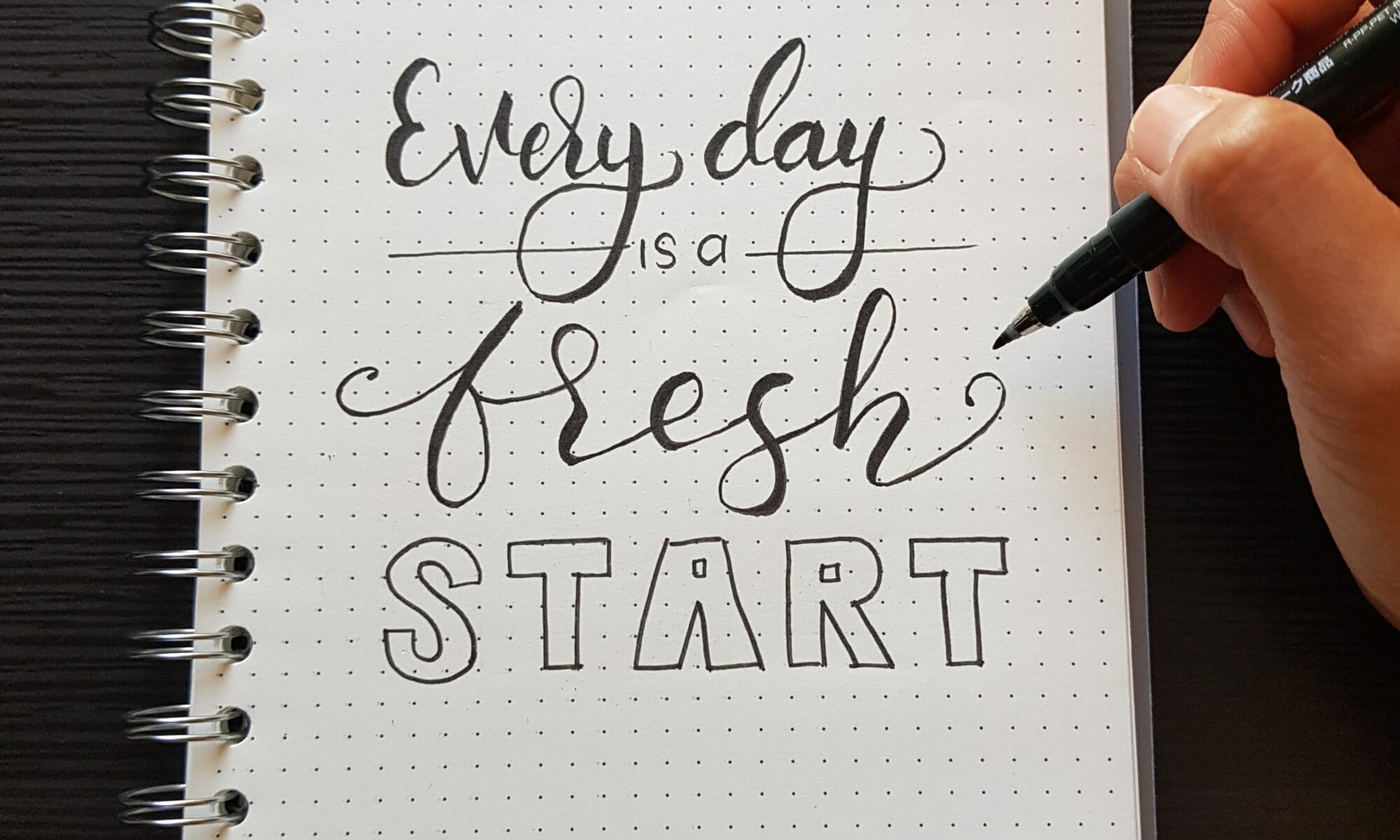Many divorces involve children, and many of those divorced parents will go on to remarry — very likely to someone who also already has children of their own. While the Brady Bunch is a great TV show, it’s not a realistic model for what the process of creating a blended family looks like in real life. It can take many years to navigate all of the challenges that come with a blended family and to build positive, respectful relationships between everyone, but it is possible. Find out more in this guide.
Step-Parenting and Blended Families
When it comes to step-parents, the stigmas are strong. On one end of the spectrum you have the wicked stepmother (or stepfather) scenario that would paint step-parents as jealous, controlling and even abusive when it comes to their stepchildren — seemingly trying to push the children out so they can be the only thing important to the other parent. Luckily, this is more television and movie fodder than it is real life.
Most step-parents very much want to have a positive relationship with their stepchildren and look forward to building a new family unit that blends the best of both sides into something even better. However, it usually isn’t this simple even in the best of situations and with the best of intentions.
The truth is that step-parenting is difficult. You don’t have the inherent bond that you have with your biological children, and in some cases, you may be seen as a potential threat to the child’s relationship with their biological parent or a replacement for their parent’s ex-spouse. In order to make the transition from two families to one as smooth as possible, it’s important to be aware of both the challenges and potential strategies you can use to build positive relationships and a strong family unit.
The Challenges of Blended Families
When it comes to taking two separate families and trying to turn it into one, it can sometimes feel more like trying to mix water and oil. You’re taking two very separate family units, with different traditions, different rules and different dynamics, and trying to create something entirely new. Here are a few of the potential pitfalls to be aware of as you navigate this process.
Differences in Parenting Styles
This is perhaps the most difficult aspect of all. Chances are that you and your new spouse have had years of raising your children and have your own specific parenting style when it comes to what’s allowed, what’s not and what you do when someone breaks the rules. For example, if you’re OK with your children watching R rated movies but your new spouse thinks that anything rated higher than PG is a no, this presents issues when it comes to family movie nights or what movies children are allowed to see with friends.
Differences in parenting styles also commonly show up when it comes to discipline. If you and your new spouse have had different house rules or expectations when it comes to chores, how the family members interact with each other or what punishments are appropriate, it can quickly become a point of contention if it’s not dealt with.
Difficult Co-Parents
While there are plenty of stories out there about how new spouses and ex-spouses are able to get along very well and may even be friends, this doesn’t always happen. In some cases, the children’s biological parent may see you as a threat to their relationship with their children and try to undermine you as a step-parent. Feeling like you constantly have to defend yourself or dealing with antagonistic interactions at every school function or visitation pickup can get very taxing very quickly and put stress on both your relationship with your step-children as well as your new spouse. Keeping communication in writing and ensuring everyone has access to family calendars and the like through an app like 2houses can help.
Diverse Personalities
Every person is unique, and this is certainly true for children. And while there’s no guarantee that your personality meshes with your own biological children, you do have the benefit of the magnitude of parental love and years of experience learning how to deal with them. When you are faced with a personality clash between a step-parent and step-child, it can be very challenging to develop and maintain a positive relationship.
4 Tips for Successful Step-Parenting
While it’s possible that you may never have the same type of relationship with your step-children as you have with your biological children, that doesn’t mean that you should just give up and bide your time until the children are out of the house. There are many things you can do personally and as a family to help create a more positive step-parenting relationship. Here are just a few of your tips for getting things moving in a better direction.
1. Take It Slow
Remember that even though you and your new spouse have decided to start a family together that your respective children probably didn’t have that same input. If they aren’t happy about the change, it’s important to realize like they may feel like it is entirely out of their control and may feel like it is something that is forced on them. With this in mind, the focus should be on taking it slow and giving everyone plenty of grace.
It’s normal to want everything to blend seamlessly quickly, but the reality is that this is rarely what actually happens. According to the American Academy of Pediatrics, it can actually take several years for everyone to adjust to the changes in the family structure and for the two families to actually start to “blend.” By thinking of this as a marathon and not a sprint, it can help you keep the proper long-game perspective and help you notice and celebrate more of the smaller wins and progress instead of focusing on the ongoing challenges.
2. Present a United Front
While it’s likely that each family has had their own traditions, rules and ways of relating to each other, all of this has to adjust when the two families come together. This means there will be times when a middle of the road compromise is available and others when one side has to “win.” One of the best things you can do to help make that transition easier is to make sure that you’re presenting a united front with your new spouse.
If possible, take some time to discuss how you’re going to handle things before they arise, so that you are able to present that united front in the moment. In situations where that’s not possible, it’s a good idea to go with whatever the first parent to respond says and then talk about it with your spouse later away from the children to discuss both viewpoints and how you can compromise and adjust for when that issue comes up again.
For example, maybe you let your step-child buy a candy bar at the grocery store, but you found out when you got home that your spouse wanted them to wait until after dinner to have sweets. In this case, going ahead with what the step-parent said and then having a parents-only discussion afterward to come to a compromise moving forward is the best solution that ensures both sides are heard and a compromise is made without undermining the step-parent’s decision in front of the children.
3. Respect That Each Child Is Different
One of the great things about children is that they all have different strengths and character traits that make them completely unique individuals. However, this also means that in a blended family with more than one child, you’re probably going to be dealing with different perspectives and adjustments from each child. One child might immediately take to the new partner while another needs more time to warm up and accept the change.
One of the best things you can do as a new step-parent or a biological parent trying to make the blended family transition as smooth as possible is to accept that each child will handle the new situation differently and respect that. Encourage the children who are happy and excited about the move and give those who aren’t plenty of time and space to process things in their own time and way.
4. Embrace the Chaos
Anytime you are putting two families into one, there is a lot of change, and it’s probably going to be chaotic and imperfect for a while — and possibly forever. By embracing the change, you open the door to welcome challenges as opportunities to grow and bond together and set a good example for children who may not yet have the tools and resources to cope.















